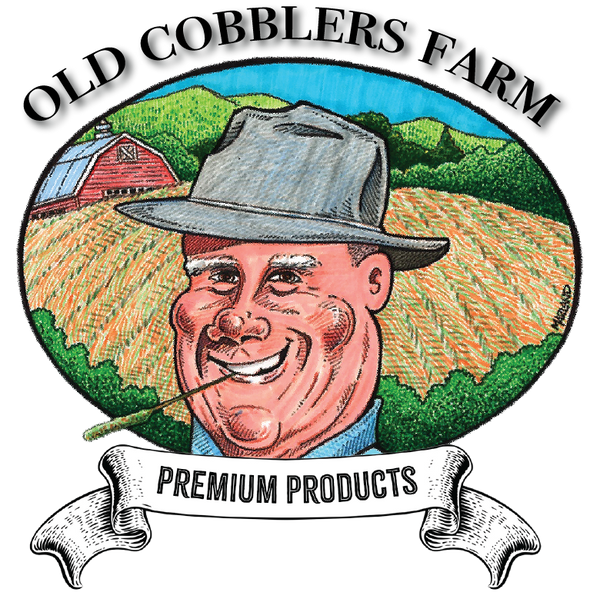5-10-10 fertilizer is a balanced fertilizer that contains a combination of essential nutrients, including nitrogen, phosphorus, and potassium. This type of fertilizer is commonly used in gardens and farms to promote the growth and development of plants. In this blog post, we will discuss some of the benefits of using 5-10-10 fertilizer.
-
Balanced Nutrient Content: One of the biggest benefits of 5-10-10 fertilizer is its balanced nutrient content. The 5-10-10 ratio represents the percentage of nitrogen, phosphorus, and potassium in the fertilizer. This balance of nutrients allows for a well-rounded approach to fertilization, which can promote the overall health and growth of plants.
-
Promotes Root Development: The phosphorus in 5-10-10 fertilizer is specifically beneficial for promoting root development. Phosphorus is essential for the growth and development of roots, and it helps to encourage strong and healthy root systems. This can be particularly beneficial for seedlings and young plants.
-
Increases Yield: The nitrogen in 5-10-10 fertilizer is beneficial for promoting the growth of leaves and stems, which can lead to an increase in yield. Nitrogen also helps to promote photosynthesis, which is necessary for the production of food for the plant.
-
Improves Disease Resistance: Potassium in 5-10-10 fertilizer helps to improve the plant's disease resistance. Potassium helps to strengthen the plant's cell walls, which can make them more resistant to disease and pests. This can lead to a healthier and more productive garden or farm.
-
Cost-effective: 5-10-10 fertilizer is relatively inexpensive compared to other types of fertilizer. It can be purchased in bulk at a low cost, making it a great choice for those on a budget.
-
Suitable for a variety of plants: 5-10-10 fertilizer is suitable for a wide range of plants, from vegetables and fruits to flowers and lawns. This makes it a versatile option for gardeners and farmers who have a diverse range of plants to fertilize.
Overall, 5-10-10 fertilizer is a great choice for gardeners and farmers who want to promote the growth and development of their plants. With its balanced nutrient content, ability to promote root development, increase yield, improve disease resistance, and cost-effectiveness, it is a great choice for anyone looking to improve the health and yield of their plants. Additionally, it's suitable for a wide range of plants, which makes it a versatile option.
If you're looking to make your own maple syrup, tapping a tree is the first step. But, it's important to do it correctly to ensure that the tree is not harmed and you get the best quality syrup. In this blog post, we will discuss the proper way to tap a tree for syrup.
-
Choose the Right Tree: The first step to tapping a tree for syrup is to choose the right tree. Maple trees are the most commonly used for syrup production. However, not all maple trees are created equal. The best trees for tapping are mature and healthy sugar maples, black maples, and red maples that are at least 12 inches in diameter at chest height.
-
Timing is Key: The best time to tap a tree is during the sap flow period, which typically takes place in late winter or early spring. The sap flow period is triggered by warm days and freezing nights. It is crucial to tap a tree during this period to ensure that you get the most sap and the best quality syrup.
-
Drill the Hole: Once you've chosen the right tree and the right time, the next step is to drill a hole. The hole should be about 2.5 to 3 inches deep and should be drilled at a slight upward angle. The hole should be drilled about 4-6 inches above the ground. Be sure to drill the hole in a location where the sap will be able to flow freely and where it will be easy to collect.
-
Insert the Tap: After drilling the hole, it's time to insert the tap. The tap should be inserted into the hole and secured in place with a hammer. Be sure to use a tap specifically designed for maple tree tapping, as they are specially designed to minimize damage to the tree.
-
Hang the Bucket or Collecting Container: After tapping the tree, you will need a container to collect the sap. It can be a traditional metal bucket or a modern collecting container. It should be hung from the tap, making sure it is level and secure.
-
Monitor the Sap Flow: Once the tree is tapped, you should monitor the sap flow. The sap flow will vary depending on the weather conditions, but it is usually the heaviest during the first few days of tapping. It's important to check the sap flow regularly and to empty the containers as needed to prevent overflowing.
-
Care for the tree: After tapping the tree, it's crucial to take care of it. Make sure to remove the tap at the end of the sap flow period, and avoid over tapping the tree. The rule of thumb is to tap no more than one tap per inch of the tree's diameter at chest height. Additionally, avoid tapping the same tree in the same location year after year, as it can cause damage to the tree.
Tapping a tree for syrup is a fun and rewarding activity, but it's important to do it correctly. By choosing the right tree, timing it correctly, drilling the hole correctly, inserting the tap correctly, and monitoring the sap flow, you can ensure that the tree is not harmed and you get the best quality syrup. Additionally, proper care for the tree after tapping is crucial for the tree's health and longevity.
